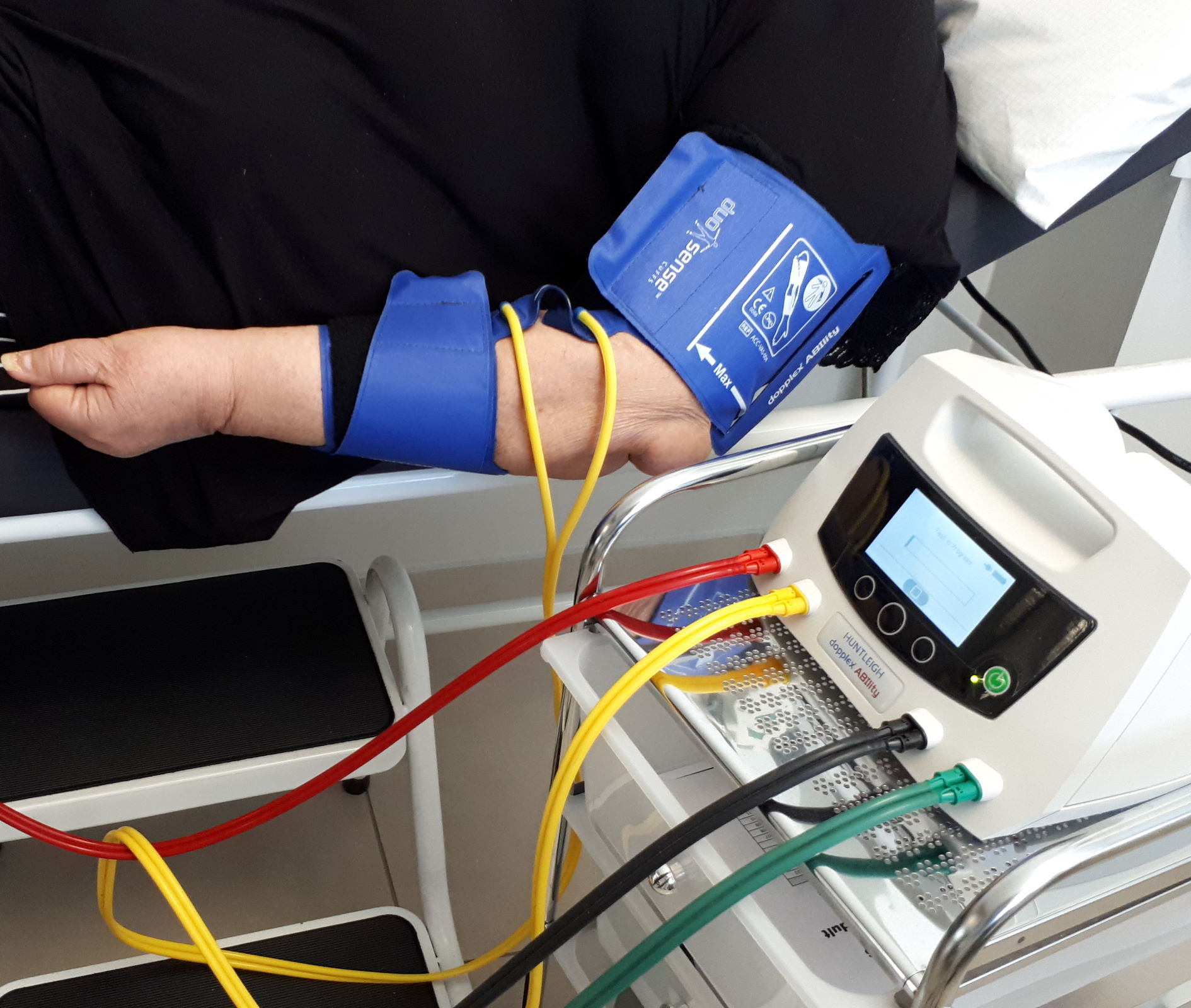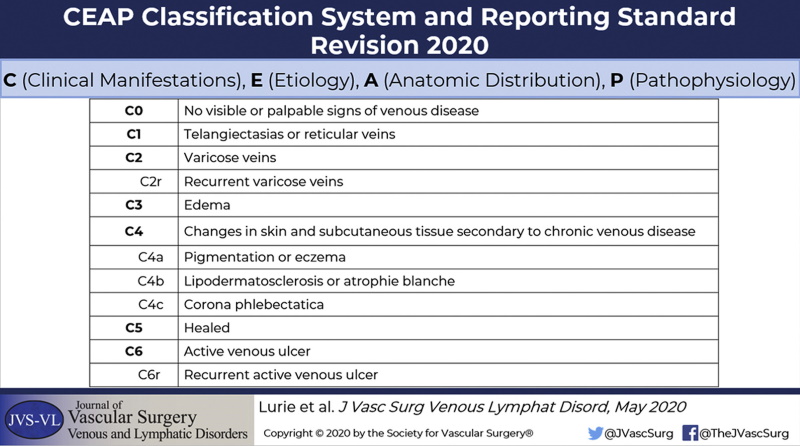
Advanced Assessments
In order to manage wounds correctly a thorough holistic assessment is needed, which should include patient and family history, wound history, current problems and physical assessment. This should also include identifying the cause of the wound as well as the patient centred concerns.
What is a holistic patient assessment?
A holistic patient assessment is done in order to allow the Health Practitioner to gather all necessary information needed to determine the way forward in managing and treating the patient. Information gathered includes the patients medical and surgical history. It is also important to inform the Health Practitioner about any medication, supplements as well as allergies. Working conditions, physical and psychological factors are taken into consideration when compiling this information which will be used as the basis for treatment planning together with the physical assessment.
The assessment comprises of:
- Patient and wound history
- Medication history
- Co-morbidities (existing conditions) and factors influencing healing
- Patient centred concerns (pain, socio-economics, habits)
- Clinical data (blood pressure, pulses, blood glucose, BMI, blood flow)
Why is a vascular assessment important?
It is important to evaluate the blood flow to the affected limb before starting any wound care treatment. This can be done manually be feeling the different pulses or by using a mini doppler sonar device. Without blood flow healing is not possible unless it can be improved by using advanced technology such as the VACUMED vascular flow regeneration device or using compression bandages in venous leg ulcers or by vascular surgery done by a vascular surgeon.
Leg ulcers may have several causes and it is important to make the correct diagnosis to differentiate the management there off. Vascular assessments include:
The ankle-brachial pressure index (ABPI) is a non-invasive method of assessing peripheral arterial perfusion in the lower limbs. ABPI is a ratio composed of the blood pressure of the upper arm (brachial artery) and the blood pressure of the lower limb (dorsalis pedis and the posterior tibial artery). The ABPI test is also used to determine what treatment is needed for a patient struggling with leg ulcers. The ABPI test is used as a guide in order to determine what type of compression is needed in the treatment of leg ulcers and is also an indication whether or not a patient need to be seen by a vascular surgeon. The ABPI test can either be done manually by a skilled health care provider using a blood pressure cuff and handheld dopper or by using a ABPI Electronic device such as the ABILITY or MESI devices. At Eloquent Health & Wellness we use both ABPI devices and handheld dopplers to perform a vascular assessment.
What is a diabetic foot assessment?
A diabetic foot assessment is used to check for foot health problems in people with diabetes. When ulcers or other foot problems are found and treated early, it can prevent serious complications.
Every diabetic patient should have at least a yearly foot examination that should include the following:
Doppler assessment is done when a handheld doppler device is used to determine the quality of the patient’s blood flow in the lower limb. The device is used to distinguish between the different types of blood flow by listening to the sound recorded by the doppler device when examining the various foot and leg pulses. A handheld doppler or portable sonar device enables the Health Care Practitioner to distinguish between monophasic, biphasic or triphasic flow.
Why wound assessment?
A thorough wound assessment is essential in determining the status of the wound itself, and should be done at every dressing change according to T.I.M.E. By doing this we can monitor progress and change the treatment plan accordingly.
T-TISSUE
What wound bed tissue am I looking at? It is important to distinguish between necrotic, sloughy, granulation and epithelial tissue. This will direct treatment and product application choice.
I-INFECTION OR INFLAMMATION
What are the clinical signs for infection? Once the type of infection or inflammation is identified an appropriate individualized treatment regime is planned.
M-MOISTURE
Is there a moisture balance? Wound exudate is evaluated according to volume, colour, and consistency. This will influence the product application choice.
E-EDGE
What is the condition of the wound edge and surrounding skin? We distinguish between healthy, intact, dry, cracked, discoloured, inflamed, fragile, macerated, oedematous, callused, and senescent cells.









